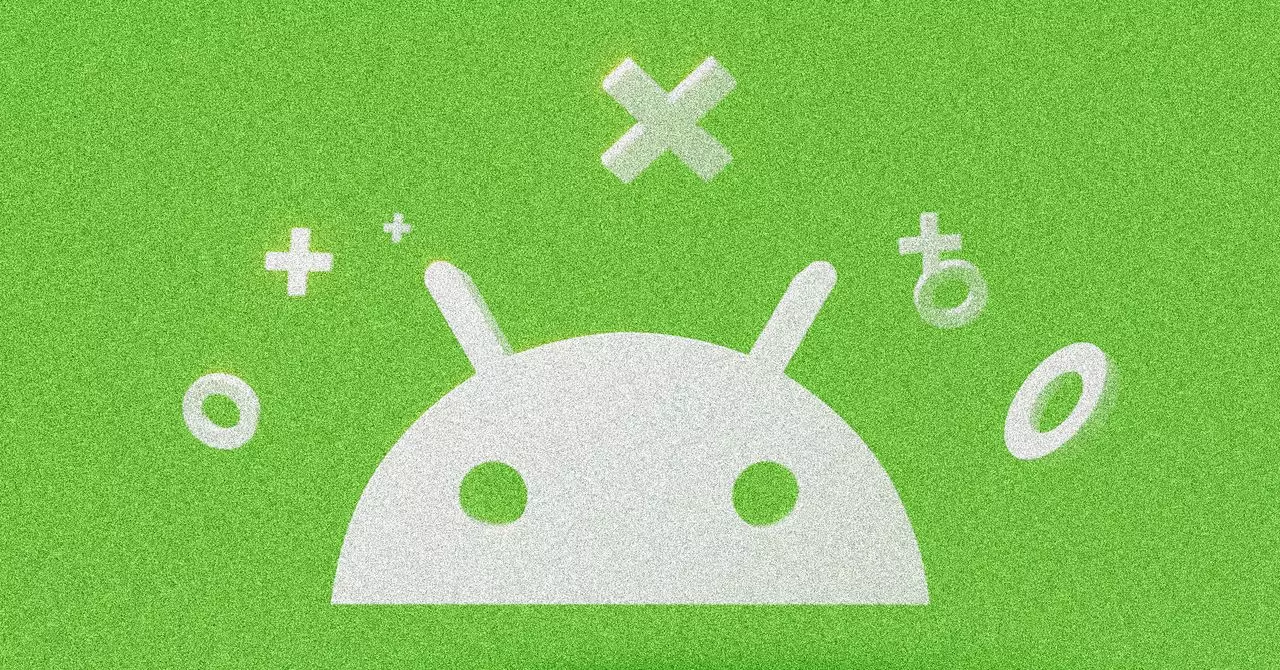The tech world is abuzz with anticipation as Google’s annual developer conference, Google I/O, approaches on May 20. This year, the buzz centers around Android 16, which promises to deliver an impressive array of features that highlight usability, personalization, and aesthetic enhancements to Google’s mobile operating system. Ahead of the big reveal, Google has decided to tease the community with exciting details through a virtual event known as The Android Show, effectively raising the stakes and curiosity around the upcoming changes.
Material 3 Expressive: A Fresh Take on Design
Perhaps the most striking element of the Android 16 update is its brand-new design language, dubbed Material 3 Expressive. This innovative approach to design prioritizes user personalization and aims to resonate with a diverse audience. Unlike the previous significant overhaul that introduced Material 3 four years ago, Google emphasizes that this isn’t merely a numerical upgrade to the design philosophy, but rather a thoughtful and researched evolution.
In a bold claim, Google states that this design language is the “most researched update” thus far, having been informed by a plethora of 46 studies involving over 18,000 individuals. The results show favorable receptions across demographics, marked by feelings of playfulness, energy, and creativity. This is particularly significant as competition in the smartphone market is intensifying, especially with the iPhone’s dominant presence among teens—87% of whom reportedly own an iPhone. The introduction of Material 3 Expressive may just be Google’s answer to lure them back with a more appealing user experience.
Innovative Interactions and Enhanced User Experience
Expectations are high for the interactive elements within Android 16 to elevate the overall user engagement. Fresh animations promise a more responsive feel, which is critical in a world where users expect seamless interactions. For instance, swiping away notifications will not only have a delightful ‘springy’ character but also incorporate haptic feedback, bridging tactile sensations with visual feedback. This nuanced touch has the potential to create a more intuitive and enjoyable experience, addressing a common complaint among users about the lack of dynamism in the interface.
Moreover, subtle yet impactful changes will be felt throughout the system. For example, dismissing an app from the Recents menu will exhibit distinct animations, and engaging with the volume slider will feel fluid and responsive. Even in the simplest actions, such as bringing down the quick settings shade, users will enjoy additional visual flair—like the blurred transition effect—providing a refreshing twist to the typical mundane interactions.
Personalization at the Forefront
An essential aspect of the Android update is its renewed focus on personalization, allowing users to tailor their mobile experiences even more comprehensively. Fonts, typography, and enhanced dynamic color themes enable a more varied expression of individuality, making the device feel more like an extension of oneself rather than a mere gadget. Users will relish the flexibility to manipulate their devices in ways that align closely with their personal styles and needs.
Additionally, practicality hasn’t been overlooked in this update. The Quick Settings drawer will become more versatile, accommodating a broader array of settings such as Flashlight and Do Not Disturb mode, which will remain accessible even when the device enters standby mode. This enhancement not only emphasizes functional efficiency but also reflects an understanding of the user’s everyday needs.
Anticipated Releases and Implications for the Smartphone Market
Some features of Android 16, particularly those linked to personalization and user interactions, will debut on Google’s Pixel phones around the summer months, likely coinciding with the unveiling of the Pixel 10 series. Though many enthusiasts eagerly await this timing, the broader rollout, which is projected earlier than in previous years, indicates Google’s strategy to stay competitive in the fast-paced tech landscape.
As we look ahead to the big releases and updates, it’s palpable that Google aims not only to refresh their operating system but also to reclaim a competitive edge in the market. By investing time and resources into understanding user preferences and creating a beautifully designed and highly functional system, Android 16 could push the boundaries of smartphone usability and satisfaction, thereby securing user loyalty against formidable competition.

